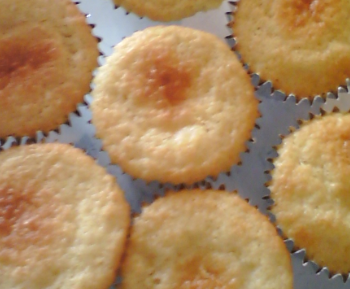i know i am not explaining this right. i seriously wish i could just sit with someone for 10 seconds and go over this. trying to type it out is hard.
i get how to plot things. but what I do *not* get, is: how do you know what the cP is? okay, say i put milk through my viscotester. and say, hypothetically, i get 30 seconds. what i cannot figure out, for the life of me, is how do you plot that on the graph? you plot it where the two values intersect on the graph, yes?
but, what is the second value you plot against?
if the only data i have is: 1) milk, and 2) 30 seconds time, how do those two values intersect on the graph, if one axis is time, and the other axis is in cP?!?
ugh, i am so confused, and this is my last week's practice. i have totally failed my kids in this area.
i could understand if one axis was time in seconds, and the other axis was liquid (milk, canola oil, etc). that i get. you would find milk on the one axis, find the time it took in seconds (30 as above example), find the corresponding points, and voila! plotted. however, all the graphs i see have time in seconds on one axis, and cP on the other. what i'm not getting is where/how you find that value, when all you're finding when you test each liquids is *time*.
am i explaining my question enough? you guys are all so helpful, but this is the item i don't get. how do you find cP if what we are measuring in is time?!
i have stayed up all night trying to figure this out, and i am still stumped.









